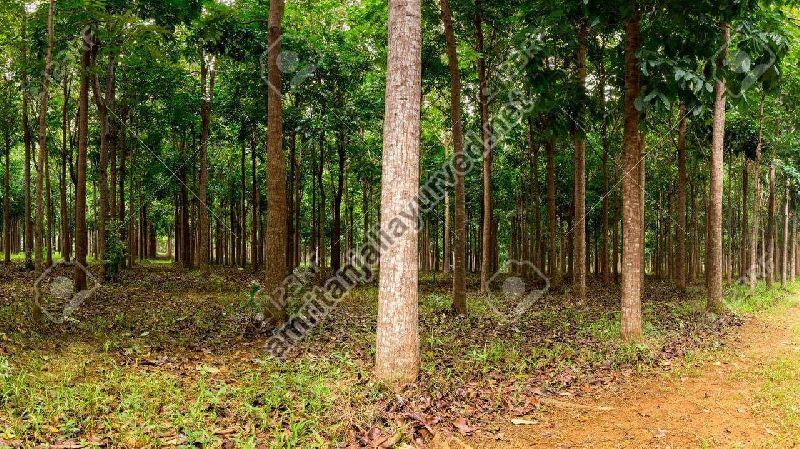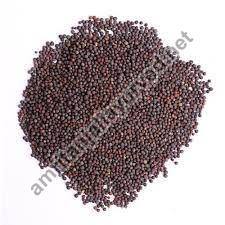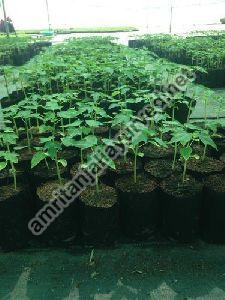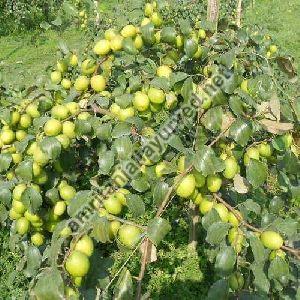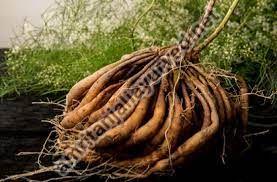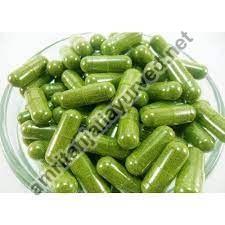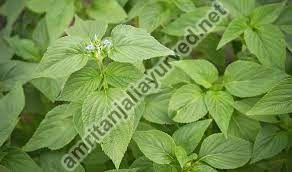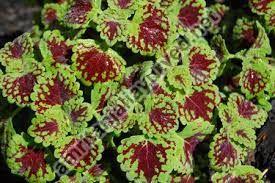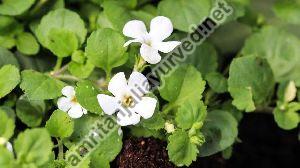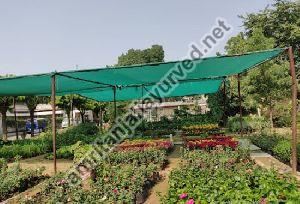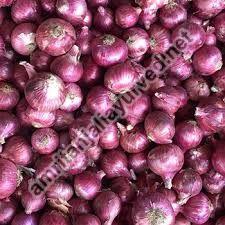Saheli Nagar, Udaipur, Rajasthan
- GST NO. : 08AAOCA7653C1ZJ
| Business Type | Manufacturer, Exporter, Supplier, Retailer |
| Type | Mahogany Plants |
| Application | Multi-purpose Costly Furniture, Farming |
| Click to view more | |
Preferred Buyer From
| Location | Worldwide |
Product Details
Mahogany is a kind of ood — the straight - grained, reddish - brown timber . The three species are- Swietenia macrophylla, Swietenia mahagoni and Swietenia humilis. Swietenia species are classified officially as "genuine mahogany".Mahogany is a commercially important lumber prized for its beauty, durability, and color, and used for paneling and to make furniture, boats, musical instruments and other items.
The mahogany tree ''sweitenia'' which grow as natural populations in tropical America, Asia,and Africa is a high value timber tree known for its redwood color ,strength,durability,water resistance and aesthetic appeal.the mahogany tree can grows over 60 feet high and reaching around 4-5 feet diameter.
The continual increasing demand for hardwood timber , Mahogany can offer a tax effective investment in forestry make mahogany most demanding timber plant in this region. Mahogany is the most prized timber tree of India. It can be grown in almost every part of the country except the dry western zone, although the best Mahogany Plant develops in well drained deep alluvial soil.
Land Preparation
Prior to planting Mahogany must be ensured that the selected site is well thoroughly cleared of weeds.
Dig pit of size 1.5x1.5x1.5ft. During digging of the pit, care should be thoroughly cleaned of weeds.
The pit mixture should compose of well - decomposed organic manure (FYM or compost), de oiled neem cake and Top soil (kept aside during digging of the pit.) The pit mixture is prepared by thoroughly mixing equal parts of organic manure and topsoil, along with 200 grams of de-oiled neem-cake. The pit-mixture thus prepared, should be used for filling the pit.
Pit Filling & Spacing
The pits must be filled, as much as possible, only with the prepared pit-mixture. If the topsoil is insufficient, coarse river sand may be used as an inert substitute, which also increases porosity and aeration. A peg may be placed in the centre of the pit for identification during planting. The pits must be filled at least 2weeks before planting, to allow for the pit-mixture to settle. The recommended spacing for the plant is a square or triangular grid type with dimension of 6.0 X 6.5 ft.
Irrigation
Watering has to be done immediately after planting. During the first two week watering should be done alternate day. Subsequently, irrigation can be done once in 3 to 4 days depending upon the soil and weather conditions. In non-irrigated lands micro-irrigation systems are recommended.
Fertilizer Application & Doses
Fertilizer should be applied in 8 split doses.
First year N: P: K (17:17:17) & Micro Nutrients 200gms. / Plant / month, except dormancy (Dec - Jan) period. Every month this has to be split and applied through pocket manuring. Make hole 1 ft. away from the plants and the depth of the pit should be 1 ft. Apply the fertilizer in the hole and fill it with the soil.
Month No. of Holes GMS/ Holes No. of Application / Month Quantity 1st 4 10 3 120gms 2nd 4 15 3 180gms 3rd 4 15 3 180gms 4th 4 25 2 200gms 5th 4 25 2 200gms After 5th the same type of pocket manuring can be continued upto three years.
Micro nutrient application 1 gm / lt. Of water, foliar application once in 15 days for 1 year.
Maintenance
The site must be cleaned of weeds and the soil around the plant should be kept loose and well aerated.
Mahogany can grow on a variety of soils. The quality of its growth, however, depends on the depth, structure, porosity, drainage and moisture-holding capacity of the soil. It develops best on deep, well-drained and fertile soils. Mahogany prefers moist, warm tropical climate. It can withstand extremes of temperature, but maximum & minimum shade temperatures of 25- 44. 0 c is the most favorable for its growth. It grows well in rainfall zone of 1200-2500 mm. It prefers a deep, fertile. The sandy soil is considered to be the best soil texture for this tree. It fails to grow in the soil with pH below 6.5.The calcium content of the soil is also an important factor; calcium deficiency in the soil results in stunted growth of Mahogany Planting.
Harvesting, yield & Returns
The highest growth is recorded under plantation condition in BIHAR and tarai belt of NEPAL. At 10 years of age the height growth was 23.1m and diameter was 28.7 cm. From the general yield table in the first quality Mahogany at 10 years of age, the average diameter is 27.2 cm and average height is 23.2m. The number of trees per acre is 1200-1500. The total yield of stem timber is about 36000 Cft timbers on good sites. At the best we may expect a tree to produce a maximum of 20 Cft of timber in 10 years under best conditions of intensive management and there could be a maximum of 1500 trees per acre.
Technical Support
We also provide technical support for farming.
We provide Agro technology and Agribusiness consultancy through better utilization of your resources, value of your money, independent consultancy, cost effective, profitable solutions and complete satisfaction without any deviation.
Material Available
- plant
- SEED
With a proper network of buyers with us, we are able to provide returns of the farmers/cultivators who purchase the planting material from us and do farming as per our instructions. The crop/crops under buy back agreement are provided with targeted requirements. We are making farming a business which gives assured profits.
Persons interested in farming with buy back agreement will be entertained only on prior appointment basis.+91-9799931200
Looking for "Mahogany Plant" ?
Explore More Products


